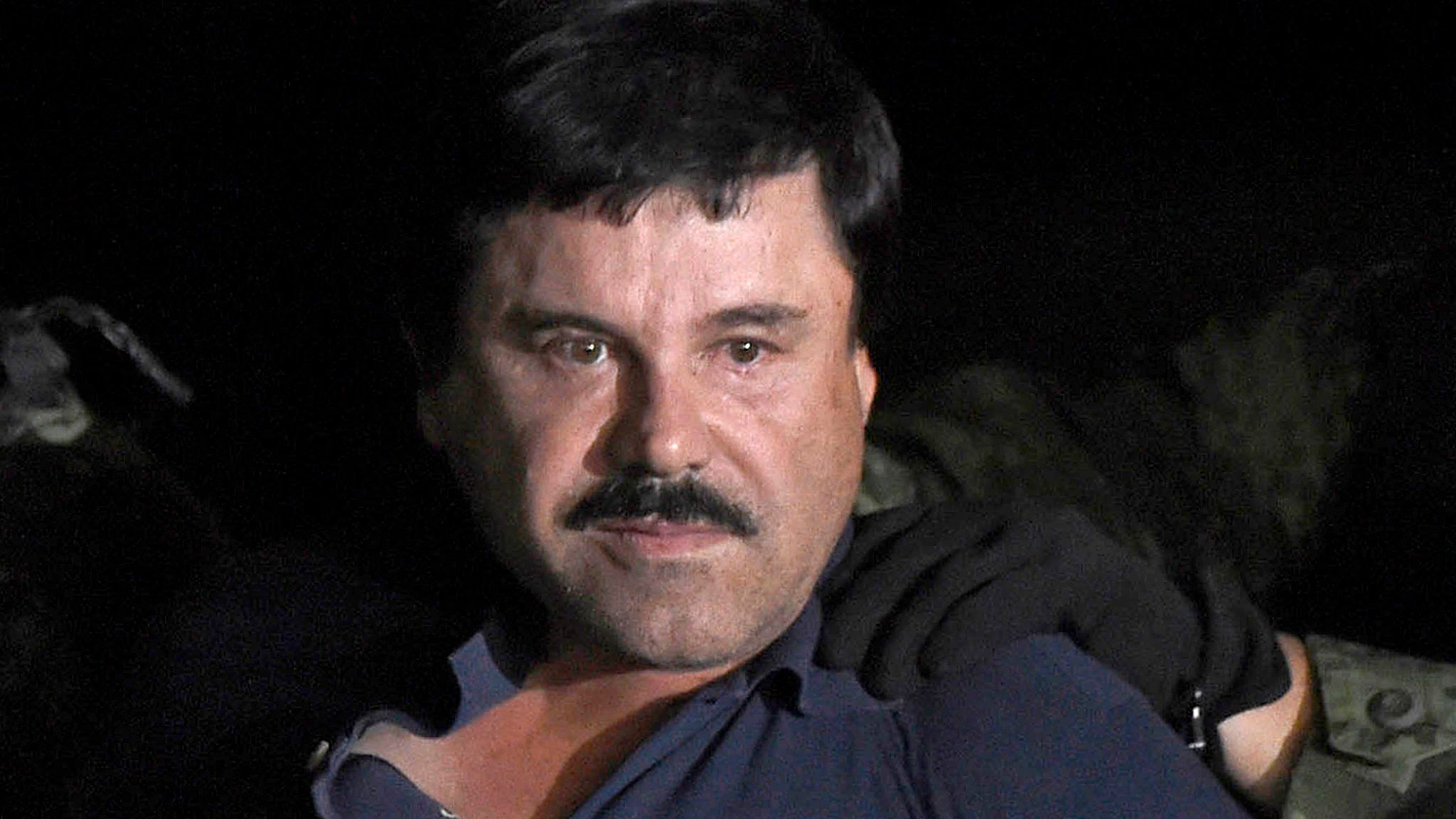[ad_1]
Last week, I shared the findings of a study on antibiotics in milk. I received encouraging feedback from farmers, with most saying they had learnt a lot.
I delve into another study presented at the Kenya Veterinary Association Annual Scientific Conference. It was carried out by four researchers from the University of Nairobi, Kenchic Ltd and the World Animal Protection.
They set out to determine the losses caused by poultry welfare issues and the profitability of large and medium-scale broiler production.
The study was carried out in Murang’a, Kiambu, Nairobi, Machakos, Kajiado and Nakuru.
The study gives insights into the reasons Kenya only has a handful of broiler farmers.
It did not include small-scale farmers but it is common knowledge that they are the majority in chicken meat production.
According to the 2009 population census, Kenya had about 26 million indigenous chickens and six million commercial ones.
This made 32 million chickens for 37 million Kenyans at the time. Globally, it is estimated that there are more than three chickens for every person.
Kenyans are estimated to be 46 million but the chicken numbers may not have increased in tandem with the population due to farming challenges.
Data, however, shows that Kenyans have increasingly been consuming more chicken and eggs since 2011 compared with other animal proteins.
The researchers worked with large farms comprising 22,595 birds and medium ones with 1,654 chickens.
In terms of percentage, large scale broiler farmers spent almost half what the medium scale ones spent on flock health.
They also spent three times less in wood shaving and 112 times less in labour and transport.
The mortality cost on the farm was two times lower. This benefit is attributed to the economies of scale. For instance, most poultry vaccines and medicines are packed in bulk, usually for 100-500 birds. When a farmer has less than 100, she still has to buy the pack, resulting in wastage.
The cost of rejection and downgrading of birds and carcasses was high for large scale farmers at Sh129,349 while there was none with small scale producers.
This may have resulted from inadequate care during rearing and transport due to large numbers.
It cost Sh301 to rear a broiler on the large-scale farm and 365 for the medium scale. It also cost Sh172 to produce a kilo of meat on large scale farms and Sh222 for medium scale farms.
Interestingly, the gross profit for producing a kilo of dressed meat on large scale farms was about Sh15 and Sh16 for medium scale farms.

It means there is no much difference in profit if one produces the chickens only once. This is called one production cycle.
However, the large number of birds in large scale production gives a good multiplier effect.
A farmer should ensure he produces the birds at least four times a year. These are called cycles. A well-managed large-scale farm can have five to seven cycles a year, raising profit to about 47 per cent.
Feeding comprises 63 per cent of the total cost in large-scale farming and 65 in medium scale.
I worked in Iraq between 1998 and 2003 where broiler production was one of our major economic and food security activities.
PROFITABLE BROILER PRODUCTION
We determined that profitable broiler production requires a farmer to keep at least 3,300 birds and four cycles every year.
There were hatcheries supplying day-old chicks, grower farms, slaughterhouses and meat distributors. Meat was finally supplied to consumers through retail outlets like shops, supermarkets and hotels.
The government regulated poultry production, ensuring every level had a sufficient number of productive players to serve the next point of the value chain.
Our programme ensured that the inputs needed were readily available and the produce efficiently moved to the market.
Kenya lacks a regulation mechanism that would prevent under and overproduction of broilers. There are few hatcheries and a high demand for day-old chicks.
This results in farmers being supplied with a fraction of their needs. Consequently, a majority of farmers are ultra-small scale producers.
This keeps hatcheries in business because they sell all chicks but farmers are in a vicious cycle of scarcity and farm closure.
Once the farmers who make losses close down, a meat shortage occurs and new broiler producers flock into production, burn their fingers and the cycle starts again.
Farmers can be organised into cooperatives with clear operation rules and regulations.
[ad_2]
Source link
Kenyan Business Feed is the top Kenyan Business Blog. We share news from Kenya and across the region. To contact us with any alert, please email us to [email protected]












